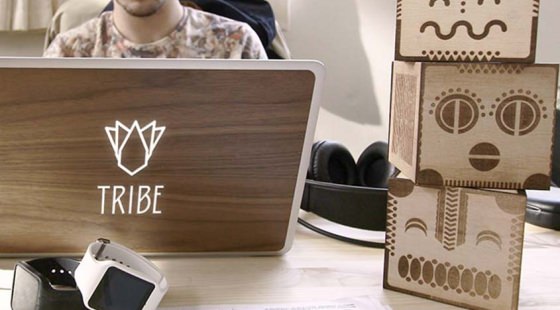
To put it in more concrete terms, Interaction Design is about crafting software interfaces centered on people’s behaviors to best fulfill their needs.
Overall, Interaction Design relies on several core principles, which include:
- Goal-oriented design : satisfying the specific needs and desires of the end-user is set as the highest priority.
- Usability: Your application should be easy to use. The user should be able to grasp its mechanisms almost instantly.
- Learnability: An interaction designer should use patterns, shapes and colors that the user is already familiar with.
Typically, Interaction Design principles mainly apply to websites, web, tablet and smart phone applications. However these design principles and rules are now applied to a wide range of diverse applications and software.
Here are a few examples of successful Interaction Design projects:
Strate Alumni Michaël Harboun created the Interaction Design project “transcending”
Eventbrites crafted a sit reservation interface
Play Design Hotel is a collaborative hotel room design application
More information about other types of design:
